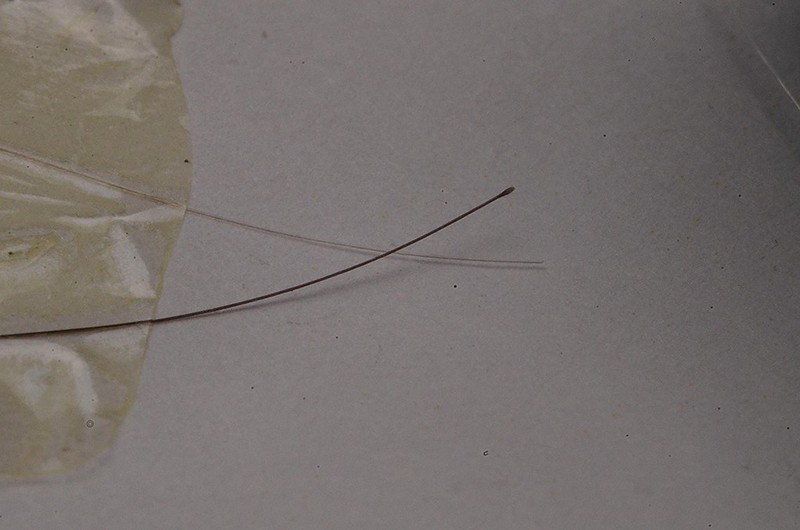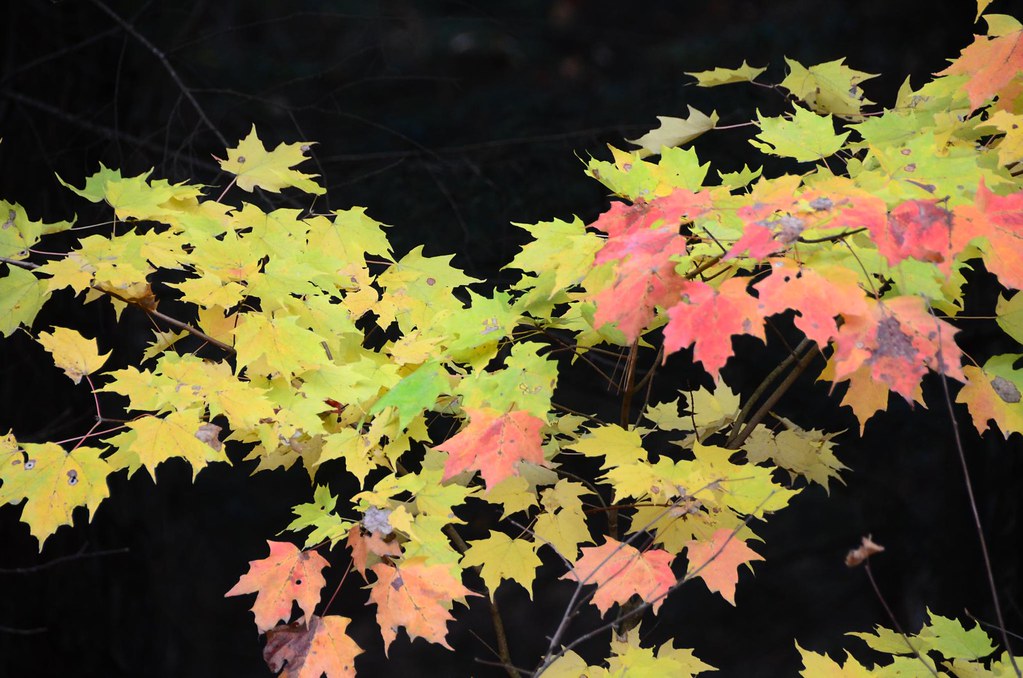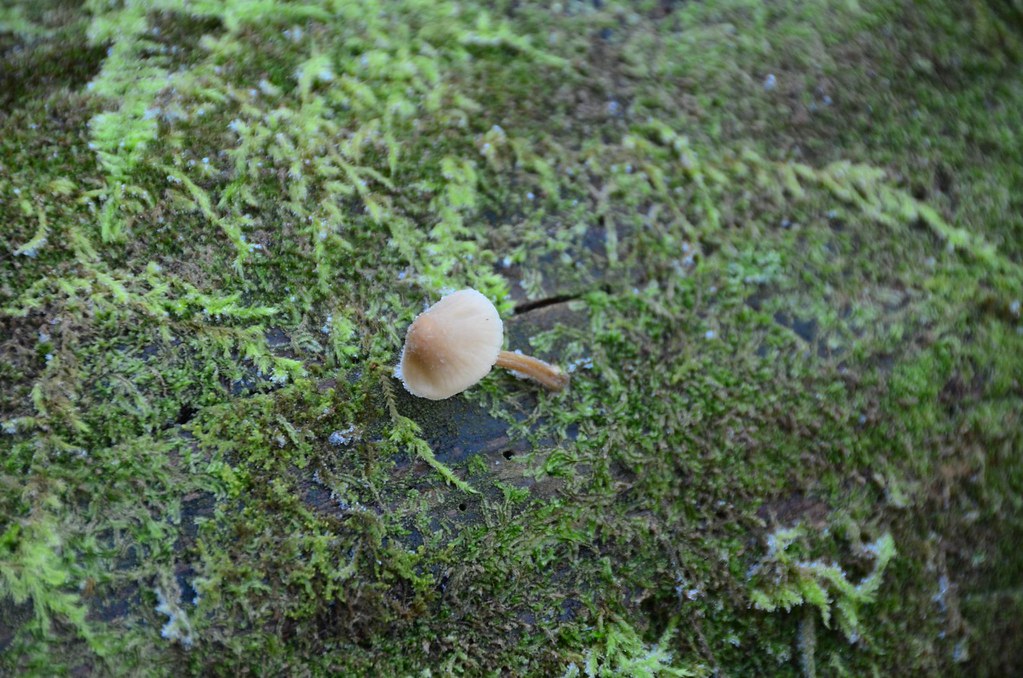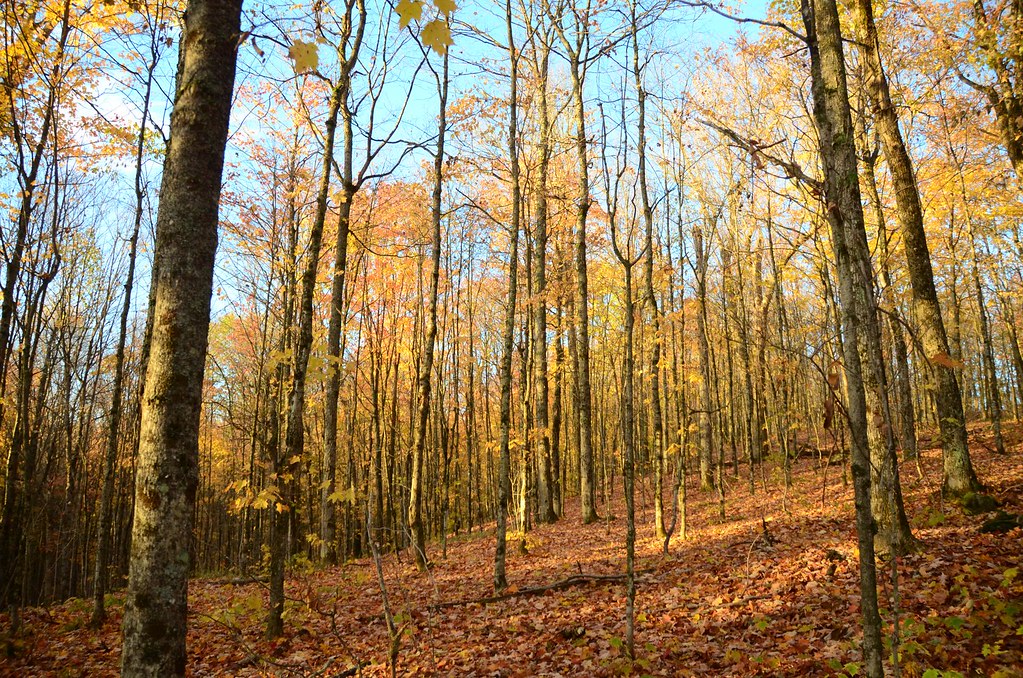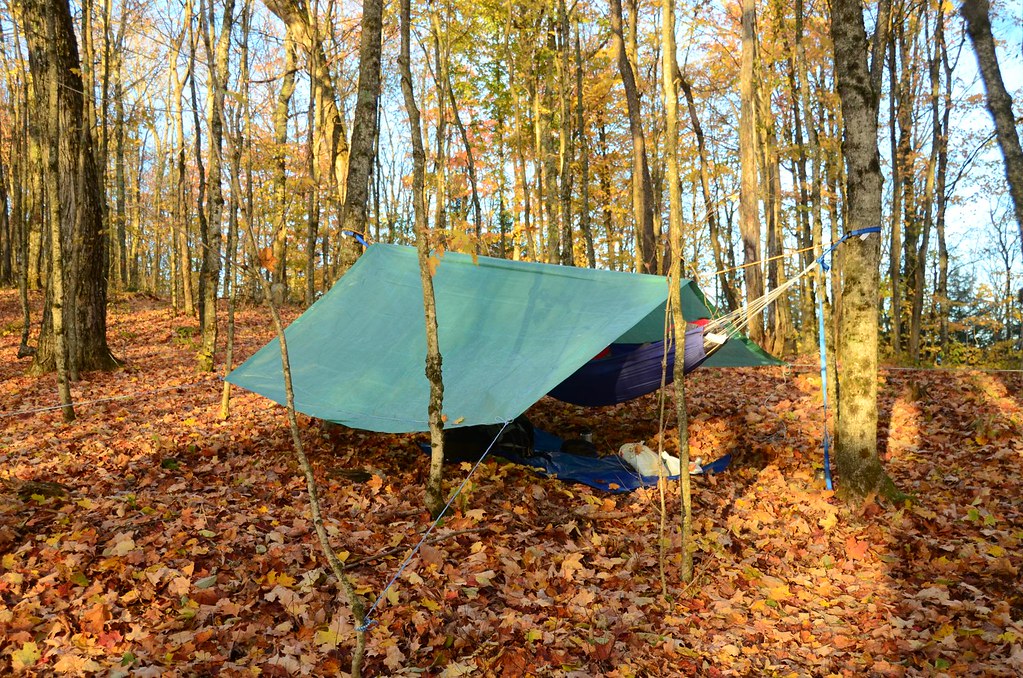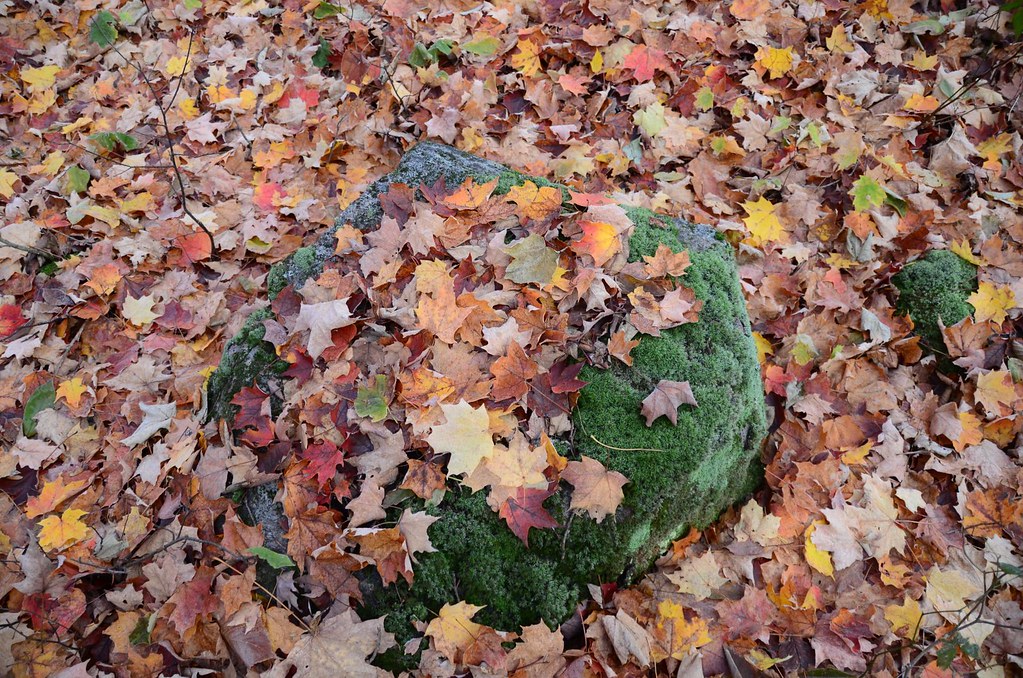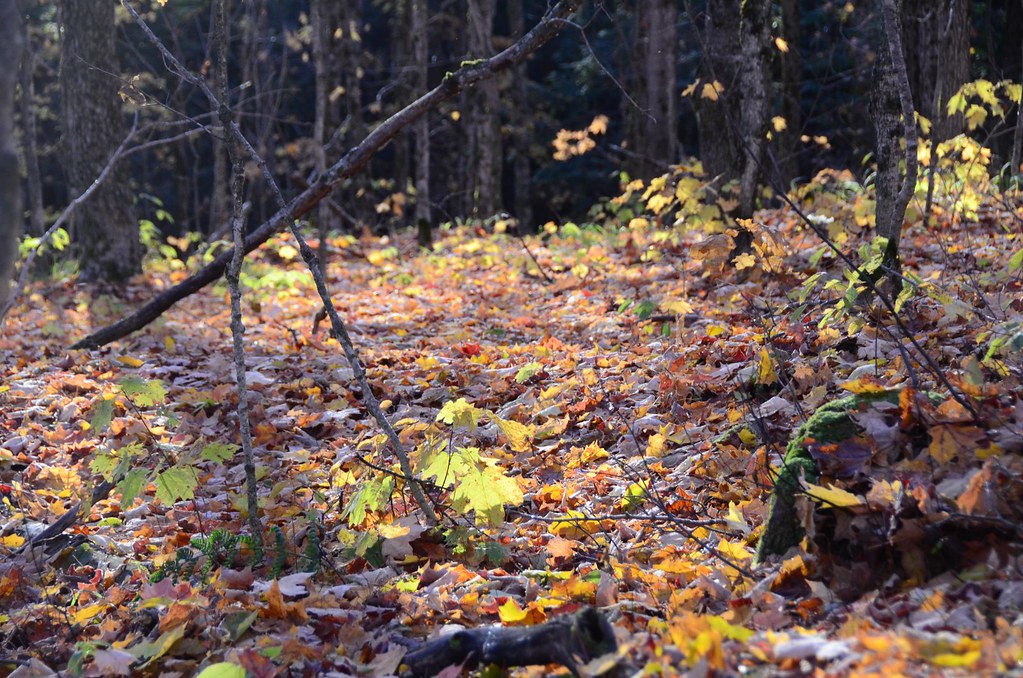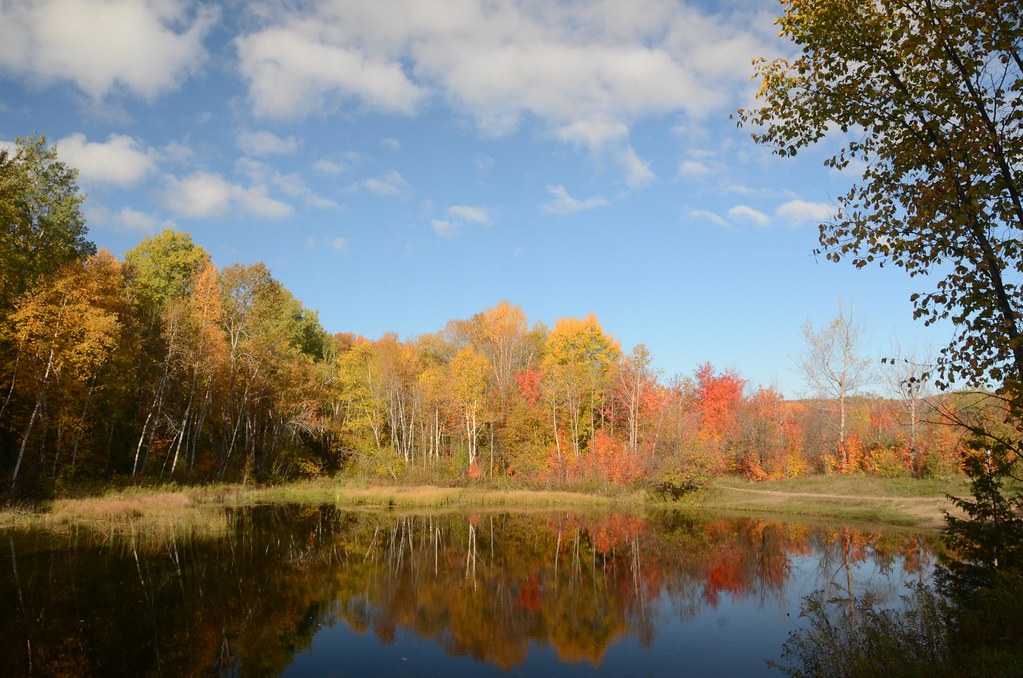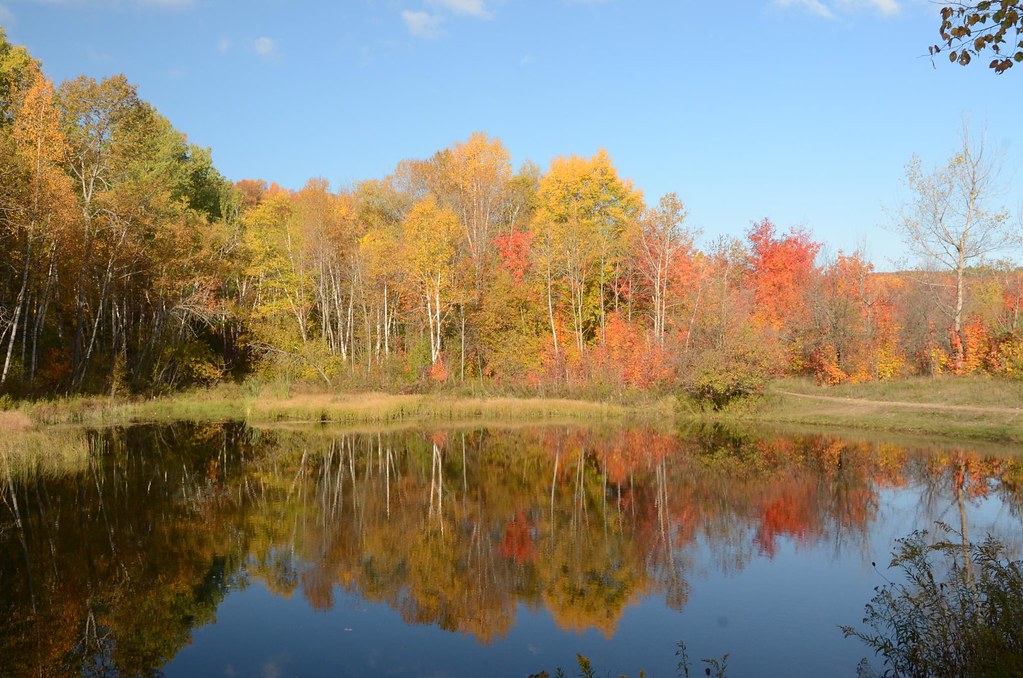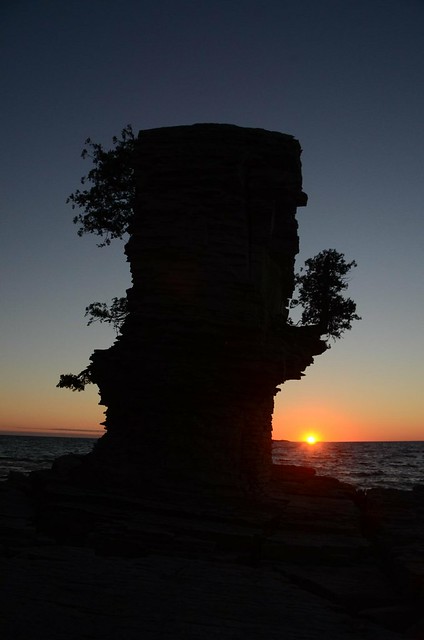 |
| https://itunes.apple.com/ca/app/photo-table/id455322208 |
Anyhow, on the iPad, there are a number of free photo album apps that can be downloaded from the Apple Store. This one that I downloaded yesterday is called Photo Table. It is neat. It supports a number of features I have not started to use yet, including creating collages that you can share via Facebook, Twitter and e-mail, as well as printing and shipping postcards. It also has support for the iPhone.
I only use the app to download some Flickr albums--the download is quick because my Flickr photos have been downsized already. It can also download photos from Facebook but I do not store any photos on Facebook. The "neat" thing about it is how photos are laid out on the virtual table. The photos are strewn on the virtual table as if you had dropped a bunch of photos onto it. From there, you use your fingers to go through the photos.
There are finger gestures to expand, shrink, rotate, and discard (throw to the bottom) photos. There is also a quick way to start up a photo slide. I find this app fun to use. The virtual table looks a little messy but it is a fun way to show photos to families and friends.
The app is free. Try it out at https://itunes.apple.com/ca/app/photo-table/id455322208?mt=8
Happy Holidays!

